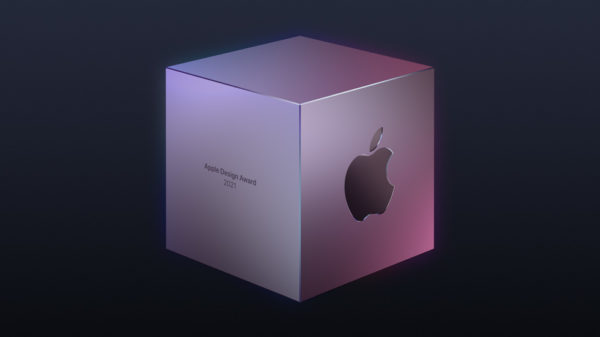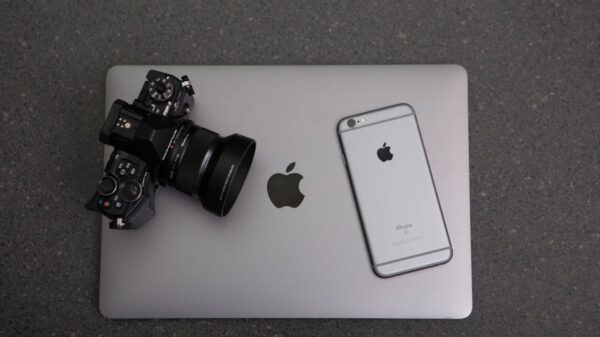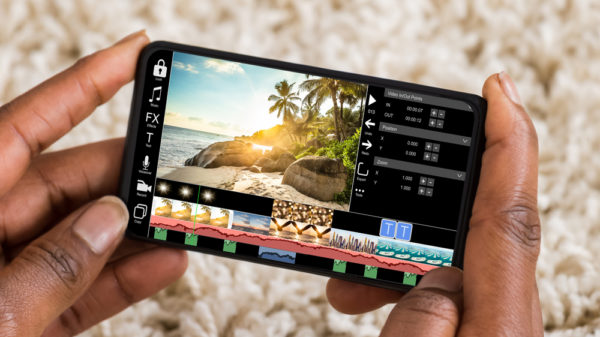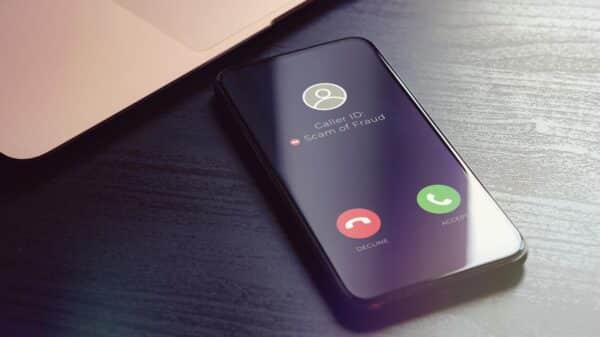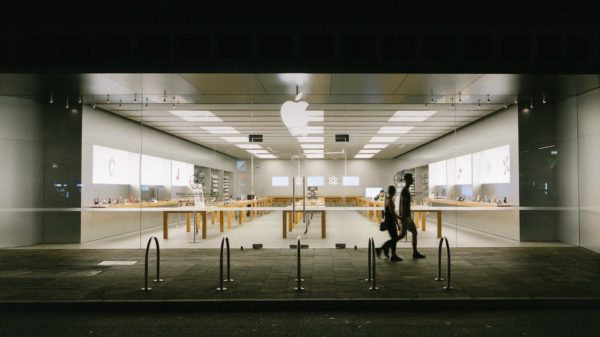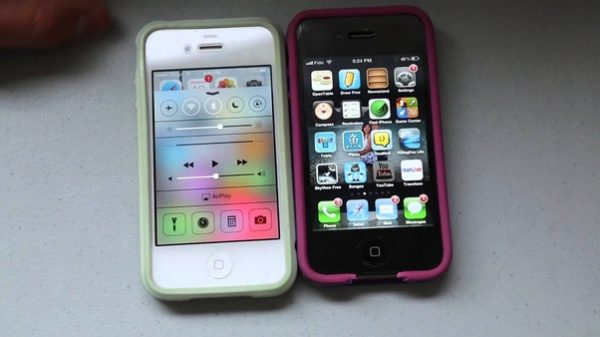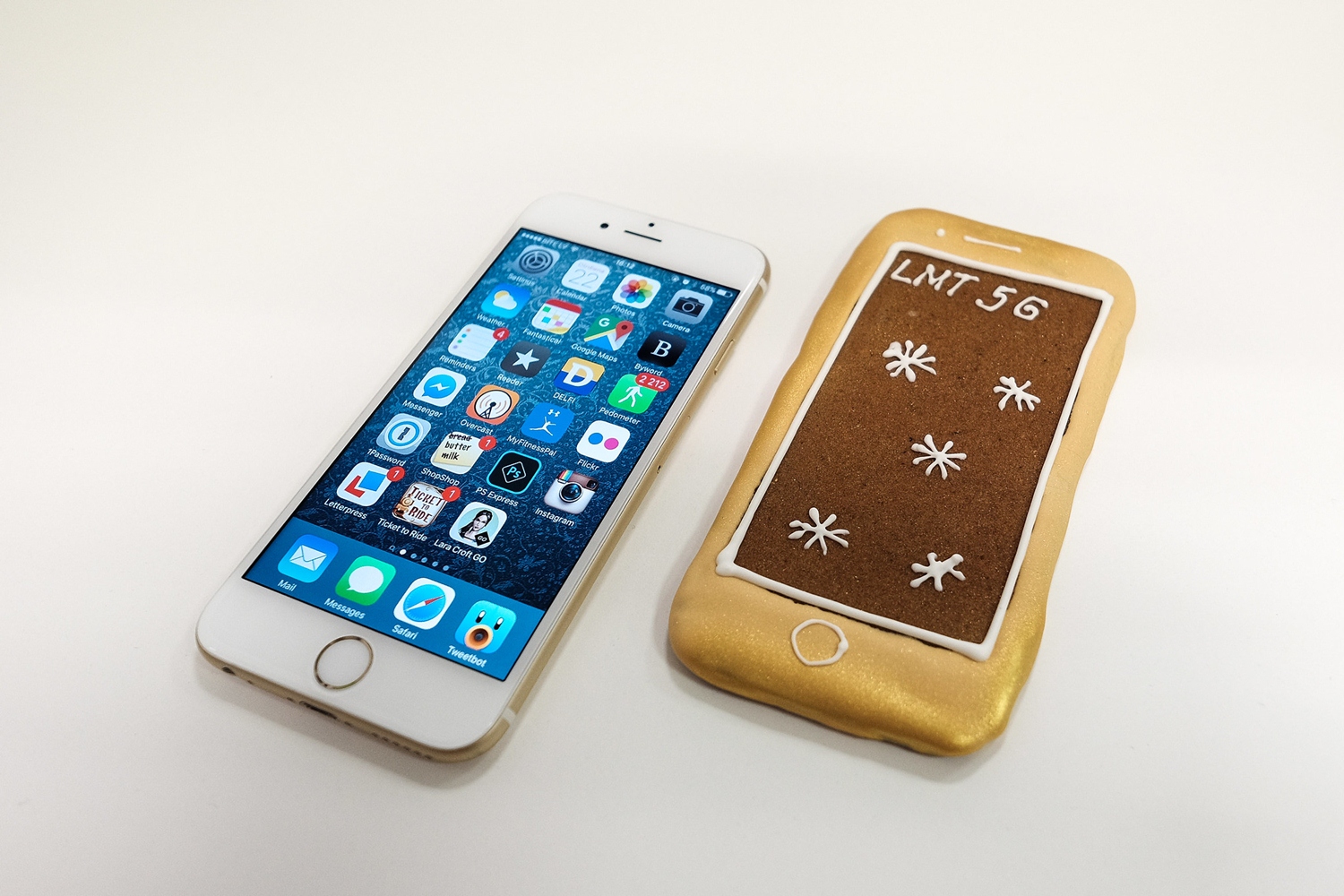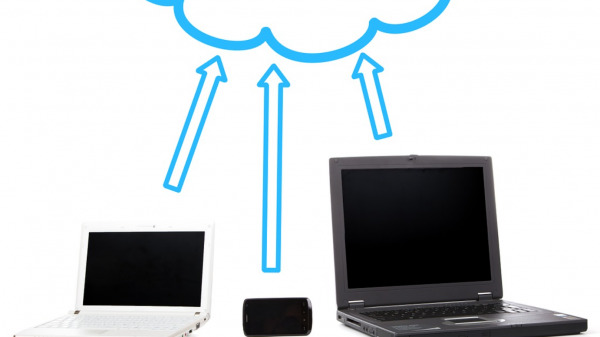In today’s fast-paced digital world, having access to lightning-fast internet speeds is no longer a luxury; it’s a necessity. The introduction of 5G technology promised to revolutionize our connectivity experience, offering speeds that could redefine how we interact with our smartphones and devices.
However, what happens when your phone stubbornly clings to an older, more familiar label, displaying “LTE” instead of the coveted “5G”? In this comprehensive guide, we’ll dive deep into the world of cellular technology to uncover the reasons behind this puzzling phenomenon.
Key Takeaways
- Understanding the difference between LTE and 5G.
- Factors influencing 5G availability.
- Possible reasons your phone shows LTE instead of 5G.
- How to troubleshoot and potentially resolve this issue.
- The future of 5G and what to expect.
Understanding the Difference Between LTE and 5G
Before we delve into the intricacies of why your phone may display “LTE” instead of “5G,” it’s crucial to grasp the fundamental differences between these two technologies.
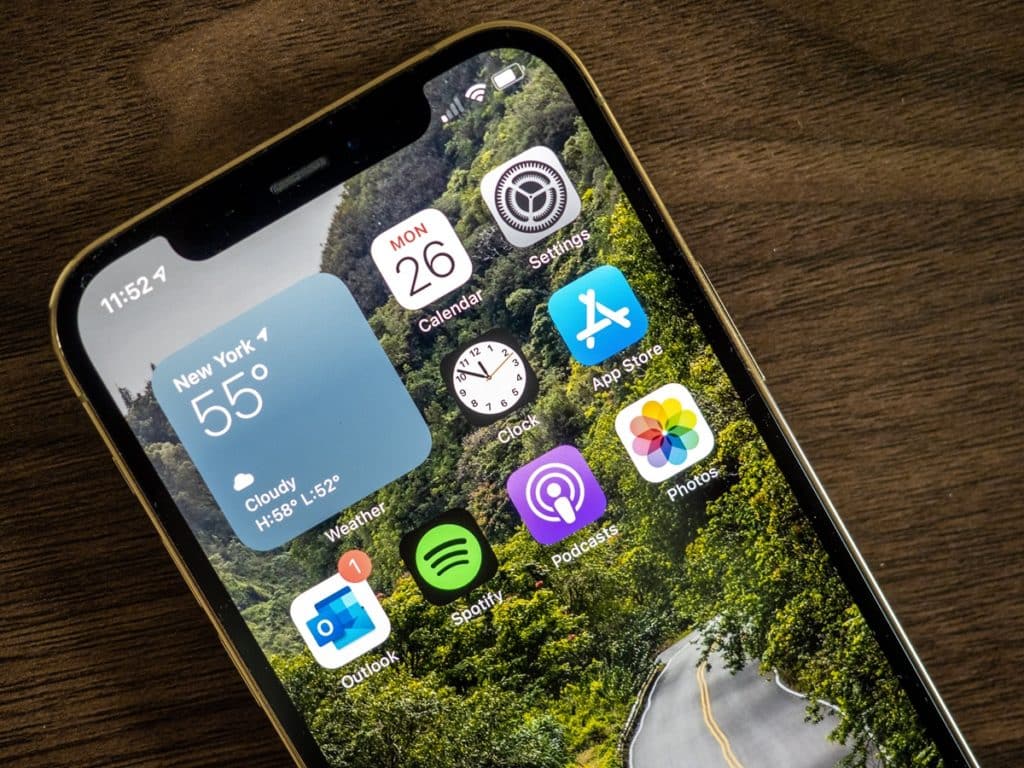
LTE, or Long-Term Evolution, is a widely deployed 4G network that delivers impressive download and upload speeds, significantly enhancing the mobile internet experience compared to its predecessors. It forms the backbone of mobile data connectivity for most devices worldwide.
On the other hand, 5G represents the fifth generation of wireless technology. It promises astonishingly high data speeds, low latency, and expanded network capacity. 5G’s potential applications range from supercharged mobile browsing to enabling the Internet of Things (IoT) and even autonomous vehicles.
Factors Influencing 5G Availability
5G’s deployment and availability are subject to several factors:
- Geographical Location: 5G rollout varies by region and city. Major urban centers tend to have better 5G coverage compared to rural areas.
- Carrier Deployment: Different mobile carriers may have varying levels of 5G infrastructure in place. It’s essential to be on a carrier that provides robust 5G coverage.
- Device Compatibility: Your phone must be 5G-compatible to access 5G networks. Older devices may be limited to LTE or 4G.
Possible Reasons Your Phone Shows LTE Instead of 5G
Several factors could explain why your phone displays “LTE” instead of “5G”:
- Limited Coverage: You may be in an area with insufficient 5G coverage. Your device will default to LTE when 5G is unavailable.
- Device Compatibility: Ensure your phone is 5G-compatible. Older devices, even if on a 5G-capable network, may not display the 5G indicator.
- Network Congestion: During peak usage times, networks can become congested, causing your phone to connect to the more stable LTE network instead of the crowded 5G network.
- Carrier Plan: Ensure you have a 5G plan with your carrier. Some plans may restrict access to 5G networks.
How to Troubleshoot and Potentially Resolve This Issue
If you’re experiencing persistent “LTE” instead of “5G” on your phone, consider the following steps:
- Check 5G Coverage: Verify that you are in an area with 5G coverage. Use your carrier’s coverage map or contact customer support for information.
- Update Your Phone: Ensure your phone’s software is up to date. Manufacturers often release updates to improve network connectivity.
- Check Carrier Plan: Contact your carrier to confirm that your plan includes access to 5G networks.
- Restart Your Device: Sometimes, a simple device restart can help your phone connect to the available 5G network.

The Future of 5G and What to Expect
As 5G technology continues to mature and expand, we can anticipate:
- Wider Coverage: 5G coverage will become more extensive, encompassing rural areas and smaller towns.
- Device Proliferation: More 5G-compatible devices will enter the market, ensuring that a broader range of users can access the technology.
- Innovative Applications: 5G will unlock new possibilities, including augmented and virtual reality, real-time IoT applications, and seamless 4K video streaming.
Why Does My Phone Say LTE Instead Of 5G: Conclusion
In the quest for faster and more efficient mobile connectivity, the transition from LTE to 5G represents a significant leap forward. Understanding why your phone says “LTE” instead of “5G” involves considering factors such as location, device compatibility, and carrier plans.
By following the troubleshooting steps outlined in this guide, you can potentially resolve the issue and experience the full power of 5G technology. As 5G networks continue to evolve and expand, we can look forward to a future where blazing-fast connectivity is the new standard, enhancing our digital lives in ways we’ve never imagined.










